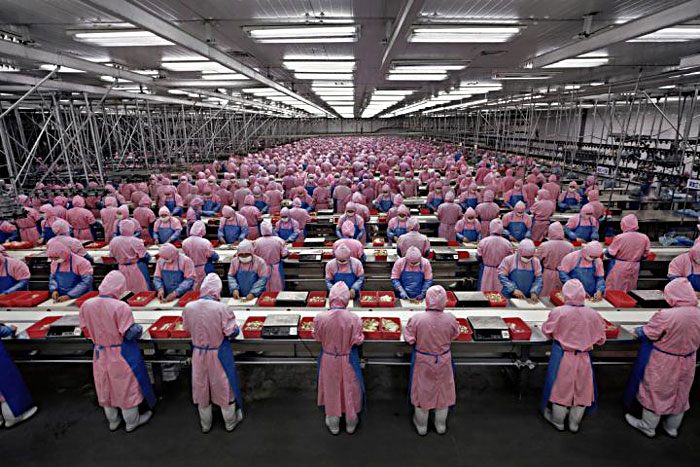China Market: The End of Cheap China
China, the end of cheap labour
This week, with the 18th Congress of the Chinese Communist Party, the media focus on the renewal of the government of the country. But the most important information is the revelation which appeared in the Journal of Economic Perspectives (Information about the Chinese labour market).
Competitiveness shock
In this article, the economists Hongbin Li, Lei Li, Wu Yanyan Xiong Binzhen show that over the past 15 years, real wages in China have dramatically increased. Between 1978 and 1997, this increase was almost non-existent: Chinese urban salary rose from $ 1004 to $ 1026. But since then, Chinese wages have exploded: in 2010, the average wage increased to $ 5487, an increase of almost 14% per year. The Chinese worker is now paid as Philippines and Thailand workers, and costs more than the Indian or Indonesian worker. Chinese employee also becomes less competitive.
A new context
What explains this loss of competitiveness of Chinese labour? The analysts identify three causes:
– Institutional factors: Previously, wages were set within public companies, with the development of privatisation, this system has disappeared. This created a labour market in China, leading companies to raise wages in order to continue to attract Chinese workers.
– Demographic change: China has benefited for years of a demographic dividend, with a high birth rate until the implementation of the one-child policy in 1979. Result: a strong increase in the population of working age maintained low wage levels. But the population may begin to decline from 2015. The population now puts upward pressure on wages.
– The end of internal migration: what kept the low level of wages in China’s export industries was also the rural exodus, the influx of people from rural to industrial cities. But today the Chinese campaigns are less willing to move to the coastal cities.
Sources: Exodus, Portraits, Chinese Communist Party, Picture















